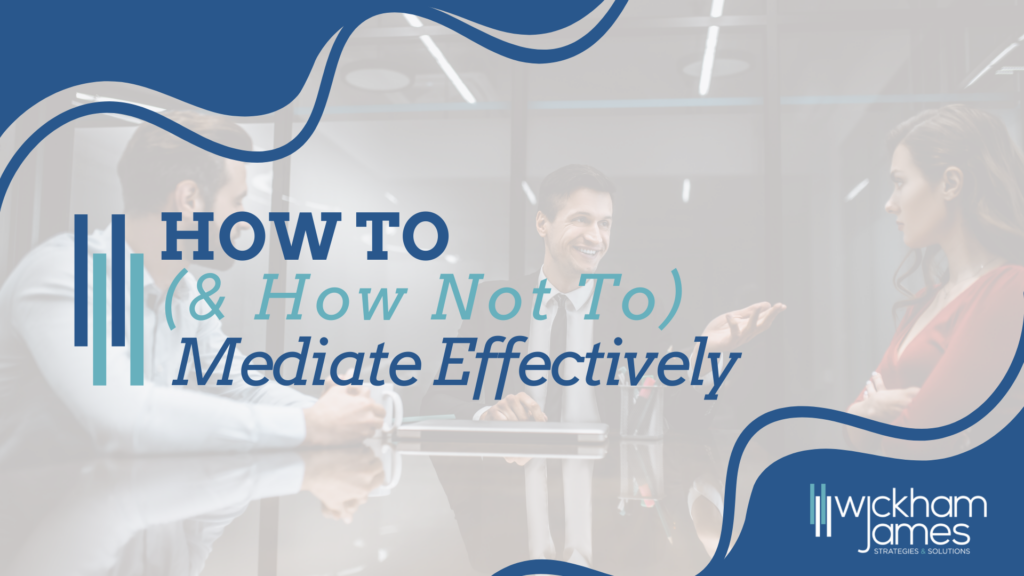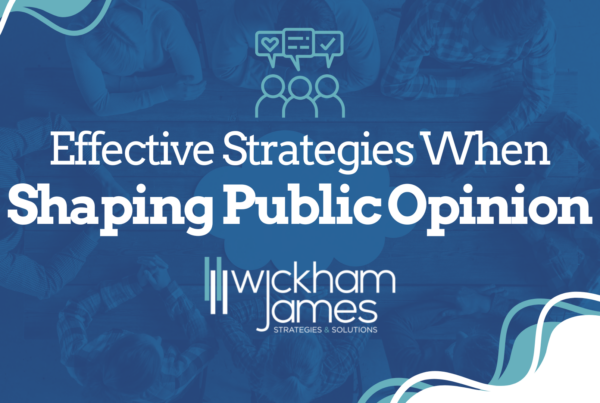 Even the healthiest of businesses will have conflict arise between workers. That does not mean there is something inherently wrong with your team or procedures; it just shows that your employees are diverse and create different ideas for various situations. However, when conflict does arise, it is essential to step in if it becomes bigger than necessary or if the conflicted employees come to you for assistance.
Even the healthiest of businesses will have conflict arise between workers. That does not mean there is something inherently wrong with your team or procedures; it just shows that your employees are diverse and create different ideas for various situations. However, when conflict does arise, it is essential to step in if it becomes bigger than necessary or if the conflicted employees come to you for assistance.
As their leader, it is important to know how to and not how to mediate workplace conflicts effectively to ensure your teams stay productive and positive.
Do Listen to Both Sides – Don’t Assume or Bring Bias
Whether you know the conflict you are about to mediate or not, you must allow both sides to speak their truth and get into what they have to say about the situation. Not only can this give you a chance to see where they are coming from, but it can also allow the two parties to hear the other person’s side calmly. You want as much information as possible before coming to any conclusion. You do not want to assume or bring your own bias into the conversation, as it will only cause more misunderstandings.
Do Stay Calm and Quiet – Don’t Interrupt or Place Blame
Most importantly, let your employees talk. While you might be their manager and leader, and maybe you have been in their exact position before, you have to allow them to grow from this themselves. Stay calm, empathize with others, and consider that everyone is coming from their own place of logic. It is not your place to interrupt or start placing blame on certain sides before hearing everything available to you. This is also your chance not to take issues personally or input your emotions into the conversation. This isn’t about you. This is about your employees and their resolution.
Do Focus on the Problem – Don’t Dance Around the Issue
The last thing that anyone wants during conflict is for personal issues to be brought up or for the main problem to be overshadowed by separate biases or issues (Those can be worked through next.) You are there to ensure the problem is kept at the forefront of the conversation and not danced around by those involved. When you focus on the problem, you can get down to what happened, why it happened, and why each party believes their answer is right. From there, you can better devise a solution with those involved. When prejudices and personal issues cloud the problem, mediating can be challenging.
Do Offer Multiple Creative Resolutions – Don’t Assume It Will Be Fixed on Its Own
While you are acting as a mediator, it is important to help the parties come to some sort of solution before the meeting is done. You can’t assume it will be fixed on its own. This is your chance to develop multiple creative solutions to show them there are options for compromise and teamwork. When your employees are offered more than one positive solution, they will be more inclined to hear out what those might be and work together to find one that suits both of their needs.
Do Think of the Future – Don’t Get Stuck in the Past
During this mediation, don’t get stuck on what went wrong or who or what should have prevented it from happening. The short of it is that it happened, and now you must deal with it. You now have to focus on how to fix the current problem and how to keep it from happening in the future. Conflicts are your opportunity to better the future, not get stuck in the past. The existing problem and its reasoning should be your priority so you can prevent it from happening again down the road. (Or at least to know how to handle it more efficiently if it does.)
Conflict is bound to occur in your workplace, and it is your responsibility to mediate appropriately. If you have questions or wish to learn how to become a better team leader, contact the Wickham James team.




